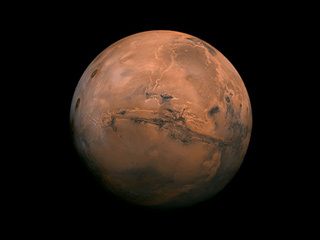
Exploring the Martian Frontier: Curious Rock Textures and Scientific Discoveries by NASA’s Rover
In preparation for today’s mission, the rover has been positioned to study some intriguing rock textures. Prior to driving, the rover will use Navcam to take atmospheric measurements and ChemCam to analyze the targets “Duruchaus,” “Eiseb,” and “Aranos.” Mastcam will document the ChemCam targets as well as capture images of delicate laminations in the rock at the Murray-Stimson contact, create a mosaic of the contact region, and take a small mosaic of Mirabib and nearby veins using all of Mastcam’s science filters.
Following these tasks, the rover will drive towards the knobby texture for further analysis. However, due to its position, it is unlikely that the rover will be able to continue driving beyond this point. It is expected that the rover will return to its current location before proceeding onto the Naukluft plateau.
Ryan Anderson, a planetary scientist at USGS Astrogeology Science Center and a member of ChemCam team on MSL provided this update. The dates of planned rover activities are subject to change due to factors such as martian environment, communication relays and rover status.
:quality(75)/cloudfront-us-east-1.images.arcpublishing.com/elcomercio/IY2BFZQYSNESLKUWXDACWKXGNU.jpg)
